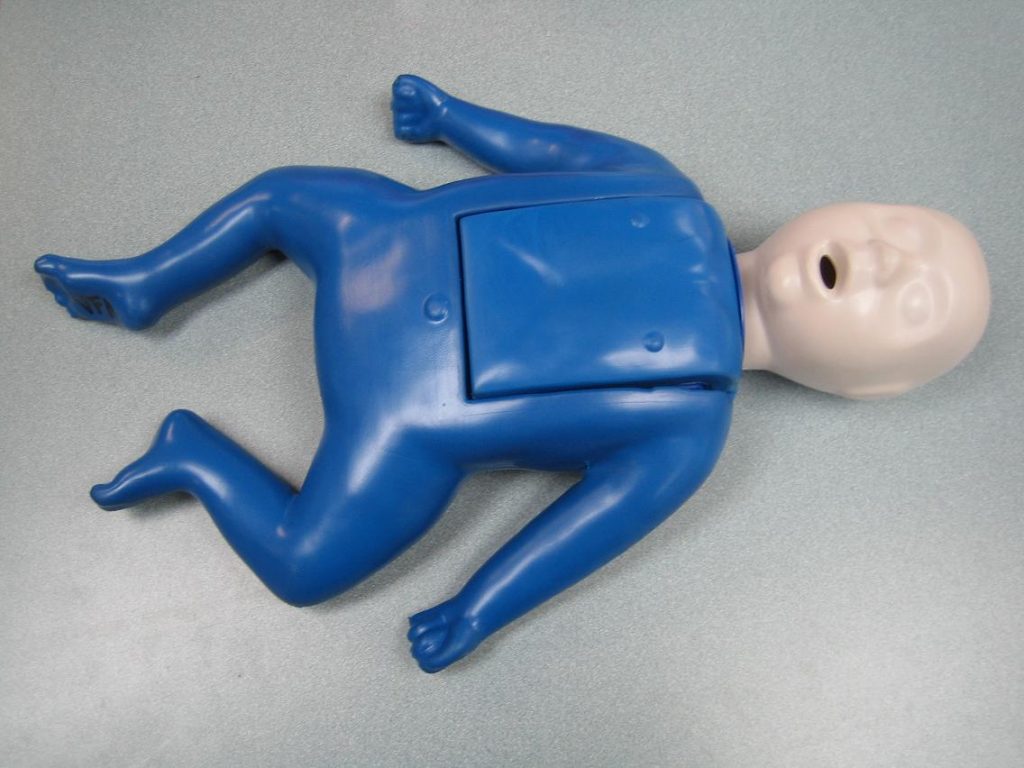Overview of CPR
- Regardless of its interpretation in movies, CPR is not treatment for a casualty who has stopped breathing or the heart has stopped beating.
- Although a tiny percentage of individuals are revived with this procedure, it is principally a first aid method, intended to lessen the damage and to avoid death before the medics arrive.
Employ precautionary measures
- To avoid doing CPR, take care to avoid disasters in your home. A few straightforward lessons can help decrease the possibility that your kids will hurt themselves in a manner that involves CPR.
- Teach your kids how to swim and put safety measures in place.
- Make sure that all car seats are correctly fitted in your car.
- If you have a gun in the home, instruct your kids never to touch it and as a parent, you should lock is away.
Regardless of its interpretation in movies, CPR is not a treatment for casualty who has stopped breathing or the heart has stopped beating. - Explain to your kids the hazard of common domestic items and why they are not to handle them.
Check for awareness
- CPR must only be done if a child has is unconscious and isn’t breathing, or has you can’t feel any pulse.
- Before executing CPR, examine the child’s awareness. Shake the shoulders and yell, “Are you all right?” If there is no response, start CPR.
Phone for an ambulance
- Once you have noticed that a kid requires immediate CPR, phone for an ambulance. If somebody is with you, tell them to phone for the emergency services before starting CPR.
- If nobody is with you, only the casualty, then start CPR and do it for two minutes, then call for an ambulance. Once the call has ended, continue with CPR again until medical help arrives.
Put the child on their back
- If the youngster is not positioned on their back, roll them over cautiously.
- If you think that the child might have a spinal or neck injury, ask somebody to assist you.
- It’s important to keep the head and neck straight while rolling the child over. Any twisting or rotation might injure the spinal cord.
Continue with the procedure
Once you have stopped giving the child two rescue breaths, start with the chest compressions again. Do 30 compressions and then offer two breaths again.
Related Video
FACT CHECK
https://medlineplus.gov/ency/article/000012.htm
https://www.webmd.com/first-aid/cardiopulmonary-resuscitation-cpr-for-children#1
https://www.nhs.uk/conditions/pregnancy-and-baby/resuscitating-a-baby/

